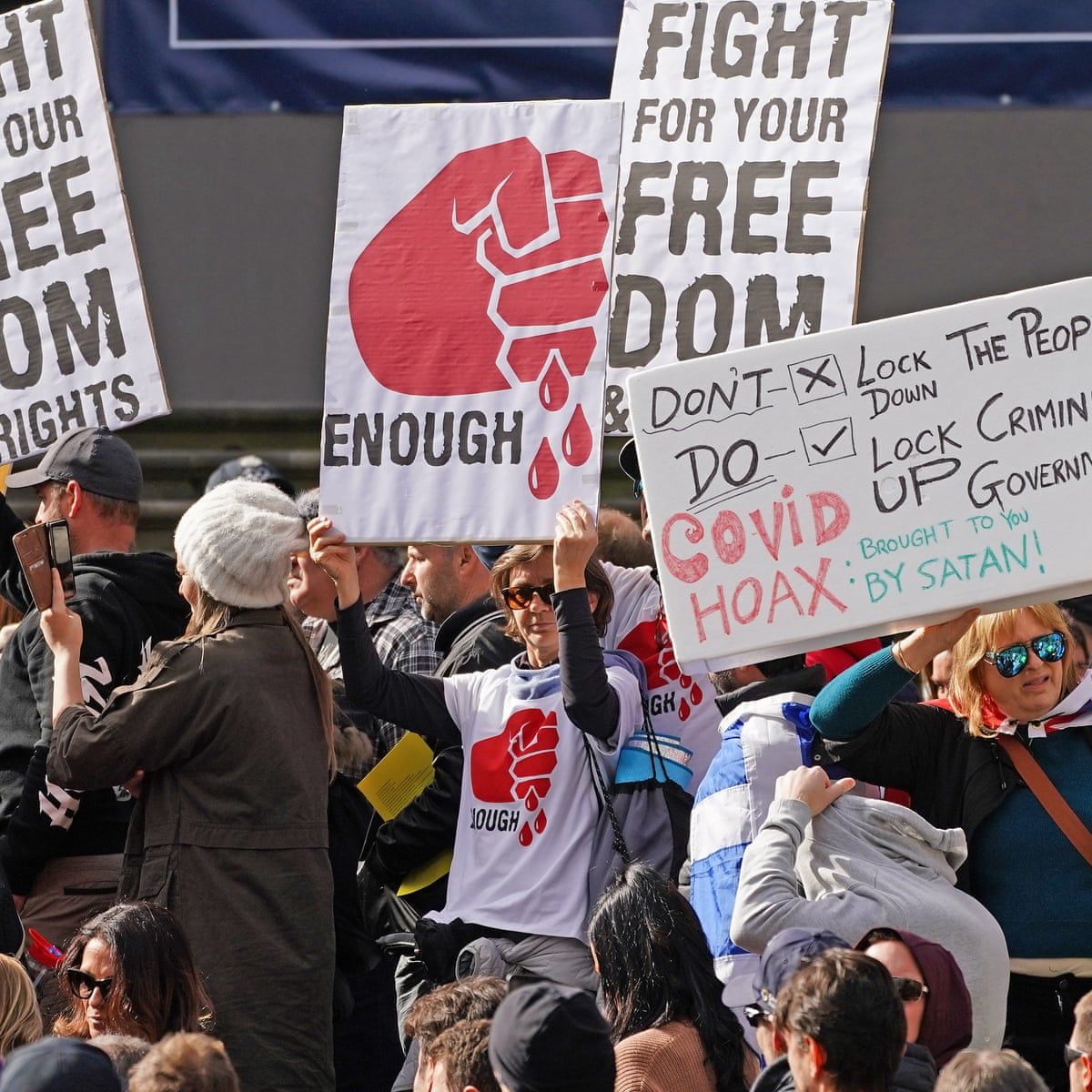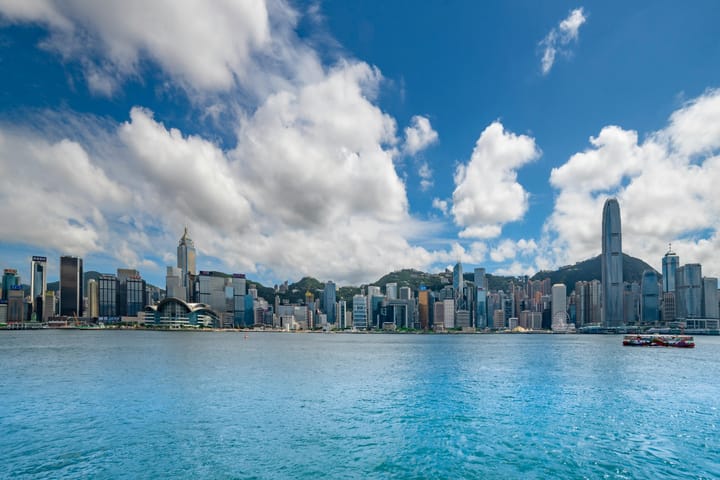Are conspiracy theories harming efforts to combat COVID-19 in Australia?

A few minutes every morning is all you need.
Stay up to date on the world's Headlines and Human Stories. It's fun, it's factual, it's fluff-free.
In Australia, coronavirus cases are starting to rise more rapidly since tapering off in April. The country has seen just over 9,000 confirmed cases and 106 people have died. Although the country’s case number is far lower than places like the United States, the recent jump has nevertheless been significant.
Over the past week, new daily cases have consistently reached at least 100. By contrast, from May to early June, new daily cases were mostly kept at or below 20. In response to the uptick, Melbourne, a city that has become a local hot spot, reinstated its lockdown.
191 new cases were confirmed on July 7 in the state of Victoria, where Melbourne is located, representing the largest single-day increase thus far in the state.
Victoria’s State Premier, Daniel Andrews, subsequently closed the state’s borders and told residents to stay home for the next six weeks.
“We are on the cusp of something very, very bad if we don’t take these steps,” Andrews said.
Despite the official warnings, however, there have been mixed reactions to the continued threat of the virus. While many people are heeding the government’s advice, others are promoting conspiracy theories that allege the virus is a hoax.
Reports indicate that as many as 10,000 people in Melbourne alone have refused coronavirus testing. Health Minister Jenny Mikakos said conspiracies could be a part of the reason why some are forgoing testing.
A spokesperson from Australia’s Health Department later suggested that there was no direct evidence that conspiracies were the reason why some had refused tests, but admitted that they were “still analysing the data” for why certain people had declined to be tested.
“Willful blindness”
Speaking with The Millennial Source, several Melbourne residents had strong words for those who flouted the government’s safety measures.
“The belief that COVID doesn’t exist is founded not from factual evidence but rather from a place of willful blindness, privilege and downright stupidity,” one resident, who preferred to remain anonymous, said.
Another, in reference to the reports that conspiracy theories could be impacting the country’s ability to push back against the virus, suggested that “Melbourne people have lost their bloody marbles.”
According to reports, some of the conspiracies floating around social media allege that 5G technology is weakening people’s immune systems, that the real cause of people’s sickness is vitamin D deficiency and that any potential vaccine would be dangerous.
Deeper problems?
Others in the city have lamented signs that local transmissions are to blame for the most recent spread of COVID-19 in Victoria.
“[The] situation is worse than earlier this year. Obviously there are more cases, but the real problem is they are out in the community whereas early in the year they were mainly [from] returned travelers who were much easier to keep track of. It will be very hard to get this back under control,” a doctor from Melbourne told TMS.
Throughout May and June, Australia was being hailed as a success story in fighting the virus and phased exits from lockdown occurred after new case loads dropped.
For our source in Melbourne, however, government failures that may have been masked in the initial stages of the virus response in Australia are now becoming apparent.
“There were some crazy conspiracy theories about the government using swabs to plant microchips in patients or collect DNA samples. The real problem has however been the government,” he said.
According to the doctor, the government in Victoria failed to perform adequate contact tracing during the early stages of the virus, which likely allowed local transmissions to continue undetected.
He also suggested that quarantine facilities were mismanaged and that there were mixed signals from the government regarding gatherings amid the Black Lives Matter protests in Melbourne that occurred in June.
“I think most people can work out who are responsible without an inquiry,” he said, adding that “major decisions were overseen by the Premier Minister for Jobs, Minister for Police and Minister for Health.”
Some within the government, like Australia’s Deputy Chief Medical Officer, Nick Coatsworth, claimed that the protests were not the cause of the uptick in cases. According to Victoria’s Chief Health Officer, Brett Sutton, the likely reason for the rise was the resumption of family gatherings.
“Be considerate”
For Wu, another Melbourne resident, it will take a community effort to ensure virus caseloads stay under control.
“Most importantly, people should prioritise their well being by staying home and avoiding crowds instead to reduce the [increased] case numbers as a result, which will eventually benefit the community as a whole.”
“That is the only and most significant way of action," she added. “We have to be considerate."
Have a tip or story? Get in touch with our reporters at tips@themilsource.com




Comments ()